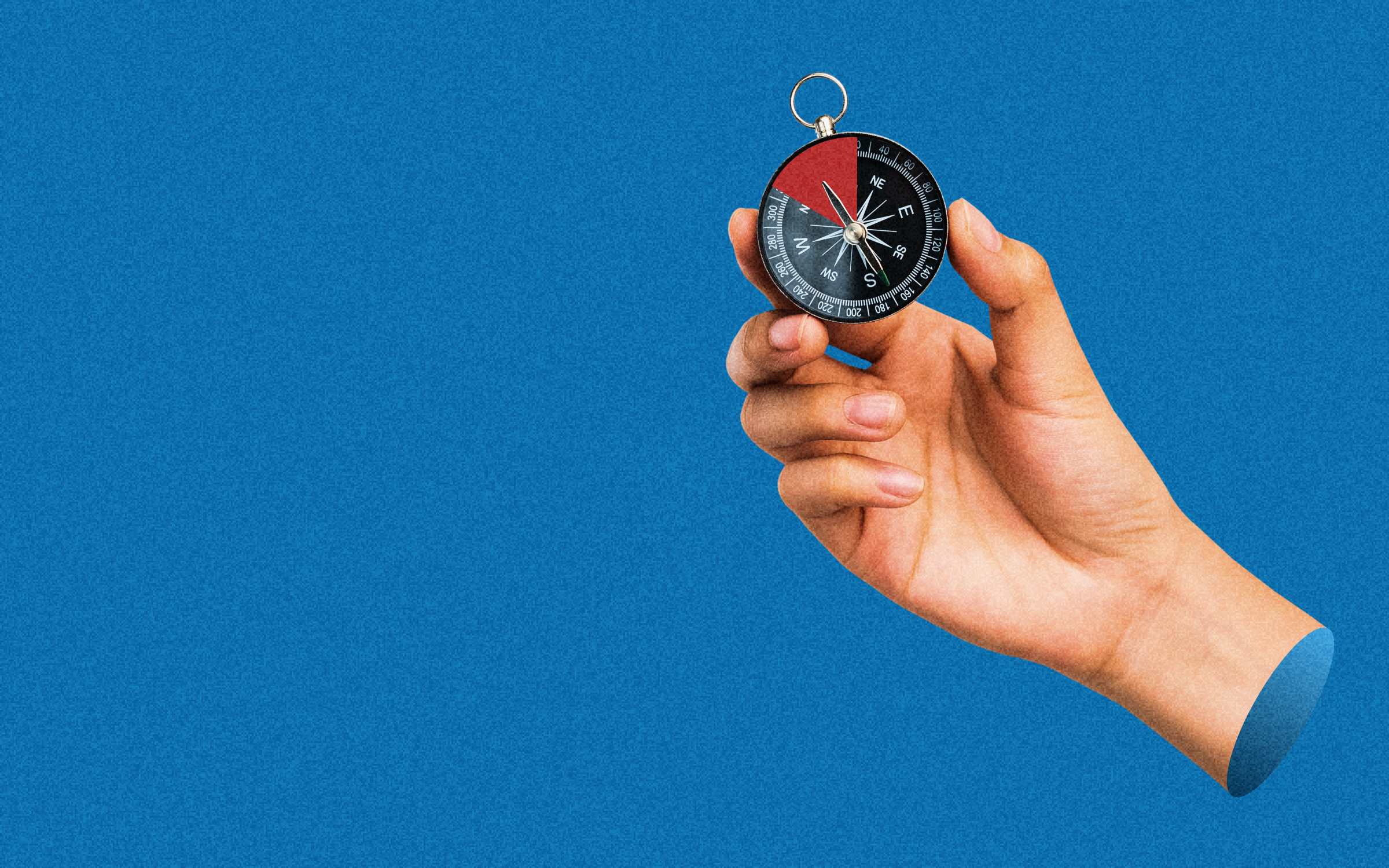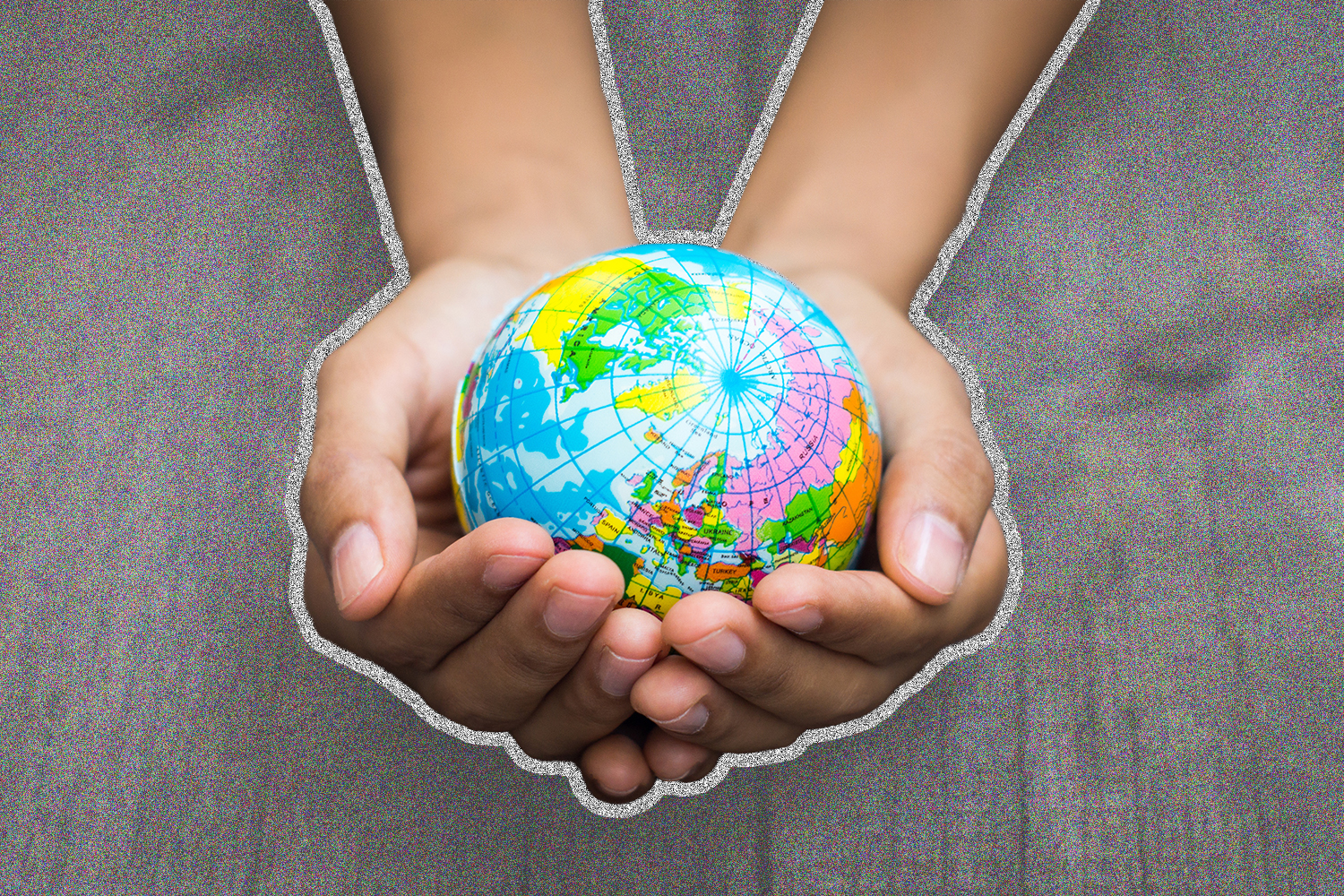Diversity, equity and inclusion mission statements provide clarity, structure, direction and accountability to companies on their DEI journeys, as well as help chief diversity officers develop their DEI strategy. Employees, job seekers, investors, customers, suppliers and many other stakeholders will encounter the statements in some form — whether in the company’s annual report, corporate webpage, leadership meetings, the news, etc.
Crafting a new mission statement is often one of the chief diversity officer’s first tasks. When starting out in October 2017 as senior vice president and global chief diversity, equity and inclusion officer for Walgreens Boots Alliance, Carlos Cubia workshopped a new mission statement for the company. “I don’t know what the vision statement for DE&I was prior to me coming on board,” says Cubia. “I know they had a vision that they wanted to create this global presence, but we sat down, and we rolled out a vision, and we rolled out the new strategy.”
The statements come in different forms and vary in length. Some companies have a DEI mission statement that’s as short as one paragraph long. Some embed scorecards into the mission statement. Under Centene’s commitment, for example, it lays out multiple demographic workforce metrics. Other companies provide a collection of values and/or initiatives. Charter Communications, for example, lists links to its inclusion, accessibility, diversity supplier and community empowerment initiatives.
The DEI mission statement should live under the umbrella of the company’s larger strategy and values. “The strategic plan of an organization along with their mission and values and even vision, that’s where you want to embed the statement into so it’s not necessarily a completely separate thing, which it can be a separate statement,” says Susie Silver, senior consultant for The Diversity Movement, which provides organizations with DEI-focused online learning, tools, events, and consulting services.
Comcast’s mission statement, for example, embeds its DEI efforts into its media trade:
From bringing broadband and digital skills training to underserved families; to creating opportunities for underrepresented entrepreneurs; to amplifying diverse voices; we’re committed to leveraging our unique platforms to help create positive change.
“We wanted to make sure that we personalize the DE&I strategy for Walgreens Boots Alliance, because as a global retailer that focused on health,” says Cubia. “We wanted to make sure that we understood the markets that we did business in, we understood our consumers, we understood our employees, and really understood the marketplace.”
DEI executives have to keep in mind that the public statement will be used by internal and external stakeholders to hold them accountable. “Whatever is put out — whether it’s a DEI statement, or action items, or we’re going to do this — let me tell you, people are going to hold you accountable,” says Silver. “What we see happening is a lot of times, organizations can’t keep talent, they are not able to recruit diverse talent. People are asking more questions, actually, in interviews, saying ‘Oh, I see the statement or I see your efforts on DE&I. Tell me something specific or specific programming.’”
External and internal stakeholders will find the statement on the company’s website, often on the “About” or “Who We Are” page. UPS, Microsoft, Freddie Mac, Cigna, Amazon and many more do so. The Careers page is also a typical home. General Motors, UnitedHealth Group and ExxonMobil are examples. Companies like GE and Facebook have a full page dedicated to DEI. Furthermore, Lowes, Anthem Foundation and many other companies house it under their corporate responsibility page.
These statements must also be aspirational. “When you’re sharing what DEI means to the company, you’re sharing your commitment, your responsibility, it means that you’re holding yourself to a certain standard that you hope to always achieve, but it doesn’t mean that you are there yet,” says Amber Micala Arnold, vice president of DEI and corporate communications at global PR firm MikeWorldWide. “It helps serve as a North Star and holds your company accountable and go back to it and say, ‘Did we really live up to this?’”
Bringing in diverse opinions can help provide clarity on this front and catch blind spots. “That’s where if a small team does not look at the statement thoughtfully, thoroughly, then it’s just not going to work,” says Silver.
This is similar to how marketing firms work with focus groups to sell their products. “If you can get a majority of stakeholders on board to kind of run it by them, and the same way that a lot of marketing firms kind of run creative by different groups and things to see how it lands should be the same way,” says Arnold.
Rite Aid, a client of MWW, for example, incorporated feedback from internal and external stakeholders into its crafting process. “Rite Aid has a number of different stakeholders,” Arnold says. “They have their employees, customers, communities in which their stores are in.”
Walgreen Boots Alliance had a team consisting of its director of strategy, senior manager of business resource groups, director of supplier diversity, director of compliance and director of disability programs, according to Cubia.
“Our executive team really took some time to reexamine what was important to Discover,” says Discover chief diversity officer Jonita Wilson. “In 2020, we worked with our executive committee and established four multiyear ambitious spheres that really center on increasing diverse group representation, ensuring that our talent processes are fair and equitable, fostering an inclusive engaging work environment and making a strong and external impact in underserved communities.“
Stakeholders must share their individual perspectives in open dialogue, according to Josh Saterman, co-founder and CEO of Saterman Connect, which hosts a network of DEI coaches. “Create synergies, commonalities, buckets of pieces of information that be alright, and that start to align around what you’re trying to accomplish,” he says.
Through the editing and feedback process, the statement undergoes repeated refinement and is cut down for clarity, according to Saterman. Employee resource groups and DEI councils can be especially helpful in the final draft phase, according to Silver. “In the final draft phase, you can pull those groups going as well and just say, ‘Hey, we’re in this final draft phase, what, are there any holes?” Silver says. “Are there any things that we’re not seeing again, we have to keep structure, but it invites more contribution, and then there’s more ownership.”
“Rite Aid gathered their chief diversity officer, their internal DEI committee and a number of employees who might be interested in sharing feedback, “ Arnold says. “It was an iterative process where those individuals or specific stakeholders gave their own take or feedback on what was written.” Rite Aid continuously tweaked the statement and incorporated feedback. “It kept being tweaked and make sure it landed well with everyone,” says Arnold.
Once the statement is crafted, the chief diversity officer must disseminate it throughout the organization.“[Our mission statement] has been socialized throughout the workforce,” Cubia says. “If you stop someone in the hallway, they can tell you, our mission is to make sure that DE&I is at the center of everything that we do. Our leaders talk about it. Our frontline folks talk about it. Some people could cite a chapter and verse.”






